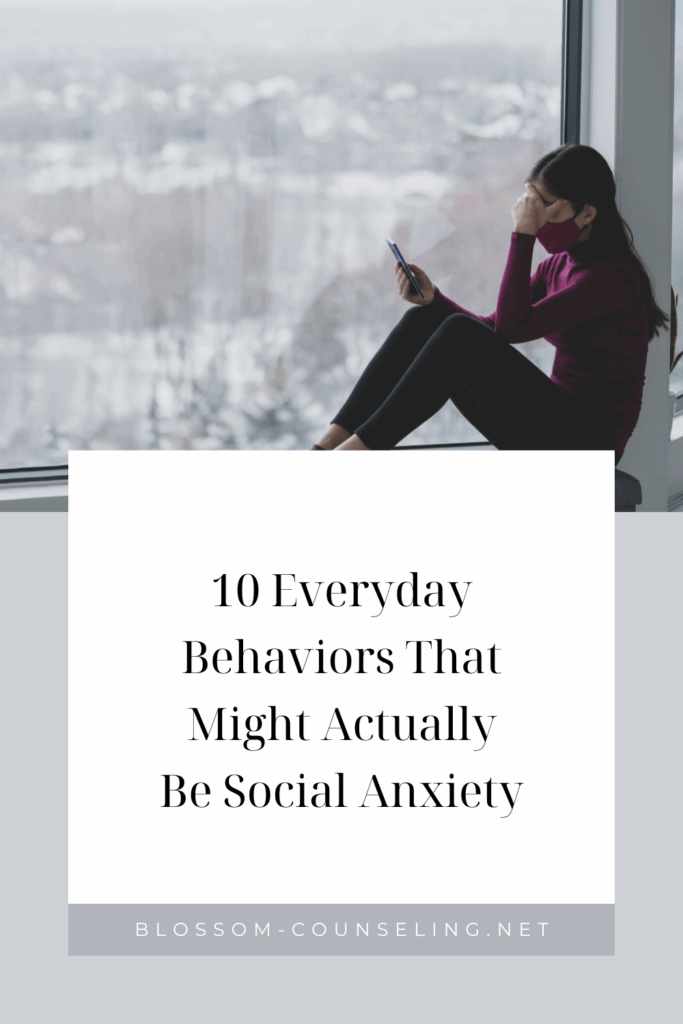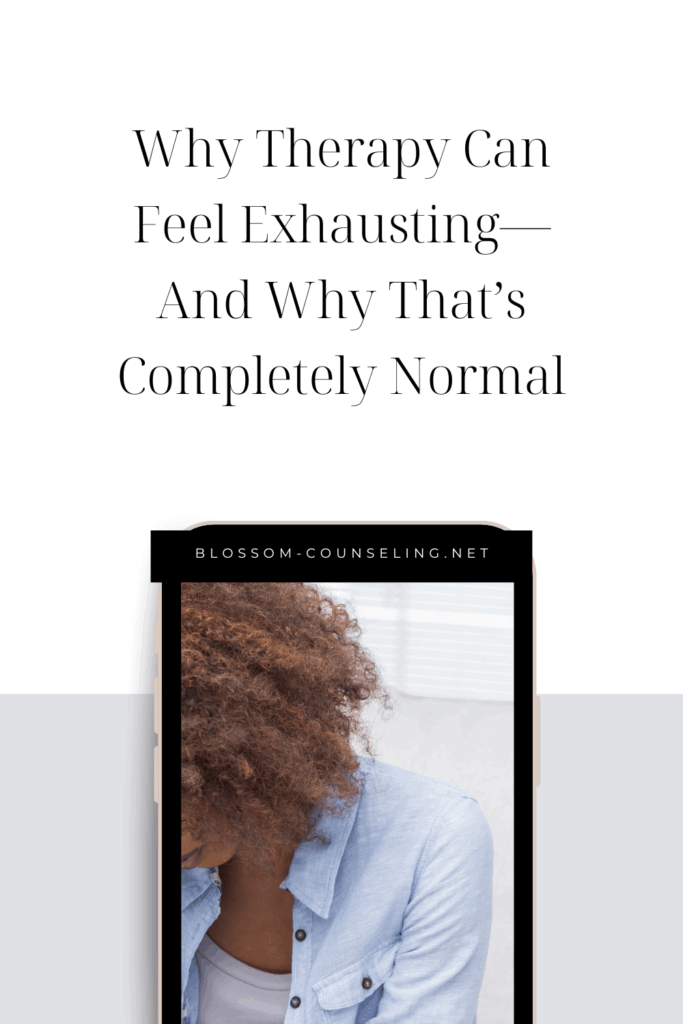Panic attacks are often imagined as loud, overwhelming experiences—hyperventilating, trembling hands, gasping for breath. But what happens when panic doesn’t look like panic? Silent panic attacks, sometimes called “internal” panic attacks, are just as real and distressing as their more visible counterparts, but they tend to fly under the radar.
What Is a Silent Panic Attack?
A silent panic attack is an intense surge of fear or anxiety that happens without the outward signs people typically associate with panic. Instead of hyperventilating or visibly shaking, someone experiencing a silent panic attack may appear calm on the outside while their body is in full fight-or-flight mode on the inside. It’s like standing in the middle of an earthquake while everyone else around you acts as if nothing is happening.
Symptoms: What It Feels Like on the Inside
Silent panic attacks share many of the same physiological symptoms as traditional panic attacks, just without dramatic outward reactions. Some common symptoms include:
- Racing heart or palpitations – Your heart may feel like it’s pounding, skipping beats, or racing.
- Shortness of breath or chest tightness – You might feel like you can’t get a deep breath, even if you’re breathing normally.
- Dizziness or lightheadedness – A sudden wave of dizziness can make you feel unsteady, even if you’re sitting down.
- Tunnel vision or derealization – The world may feel surreal, as if you’re watching things happen from far away.
- Internal shaking – You may not physically tremble, but inside, it feels like your body is vibrating.
- Hot flashes or cold chills – Your body temperature may fluctuate suddenly.
- Intense fear or dread – Even without a clear cause, a deep sense of impending doom can take over.
Because there’s little external evidence of distress, people experiencing silent panic attacks are often misunderstood. Friends or colleagues may assume everything is fine, leaving the person to suffer in isolation.
Why Do Silent Panic Attacks Happen?
Like any panic attack, silent panic attacks are triggered by a surge of adrenaline and other stress hormones. They can happen in response to:
- Chronic stress or anxiety
- Social situations (especially for those with social anxiety)
- Specific phobias
- Trauma triggers
- Physical sensations that mimic anxiety (like dehydration or low blood sugar)
Silent panic attacks may also be more common in people who have learned to suppress their emotions. If someone has grown up in an environment where expressing fear or distress wasn’t acceptable, their body may still go into panic mode, but they’ve trained themselves not to show it.
Coping Strategies: What Helps in the Moment?
The key to managing silent panic attacks is recognizing what’s happening and giving your nervous system a chance to settle. Here are a few things that may help:
1. Acknowledge It for What It Is
Even though it feels terrifying, remind yourself: “This is a panic attack. It’s uncomfortable, but it’s temporary.” Recognizing the experience for what it is can keep you from spiraling into further fear.
2. Engage Your Senses
Since silent panic attacks keep distress locked inside, grounding techniques can help bring you back to the present:
- Run cold water over your hands or splash some on your face.
- Hold something textured like a piece of fabric or a smooth stone.
- Smell something strong like peppermint or lavender.
These sensory interruptions can disrupt the panic cycle and help you reconnect with reality.
3. Adjust Your Breathing—Gently
Trying to take deep breaths while panicking can sometimes backfire. Instead of forcing deep breaths, try slowing your exhale first:
- Breathe in for four counts.
- Breathe out for six counts.
- Repeat slowly.
Lengthening your exhale signals your nervous system that you’re safe.
4. Move, If You Can
A panic attack is your body’s way of preparing to “run” from danger. If you’re able, give that energy an outlet:
- Take a short walk.
- Stretch your arms and shoulders.
- Clench and release your fists.
Even small movements can help your body process the excess adrenaline.
5. Redirect Your Focus
If possible, engage your mind in something simple but absorbing. Try:
- Counting backward from 100 by threes.
- Naming five things in the room that are a certain color.
- Listening to a song and focusing on one specific instrument.
This shifts attention away from the panic and gives your brain something concrete to focus on.
Breaking the Cycle
Silent panic attacks can make people feel like they’re trapped in their own heads. But understanding what’s happening—and having a few tools to manage it—can make a huge difference. Over time, the more you practice recognizing and calming panic, the less power it has over you.
Even though silent panic attacks don’t always “look” like panic, they’re just as valid, just as real, and just as worthy of support.




